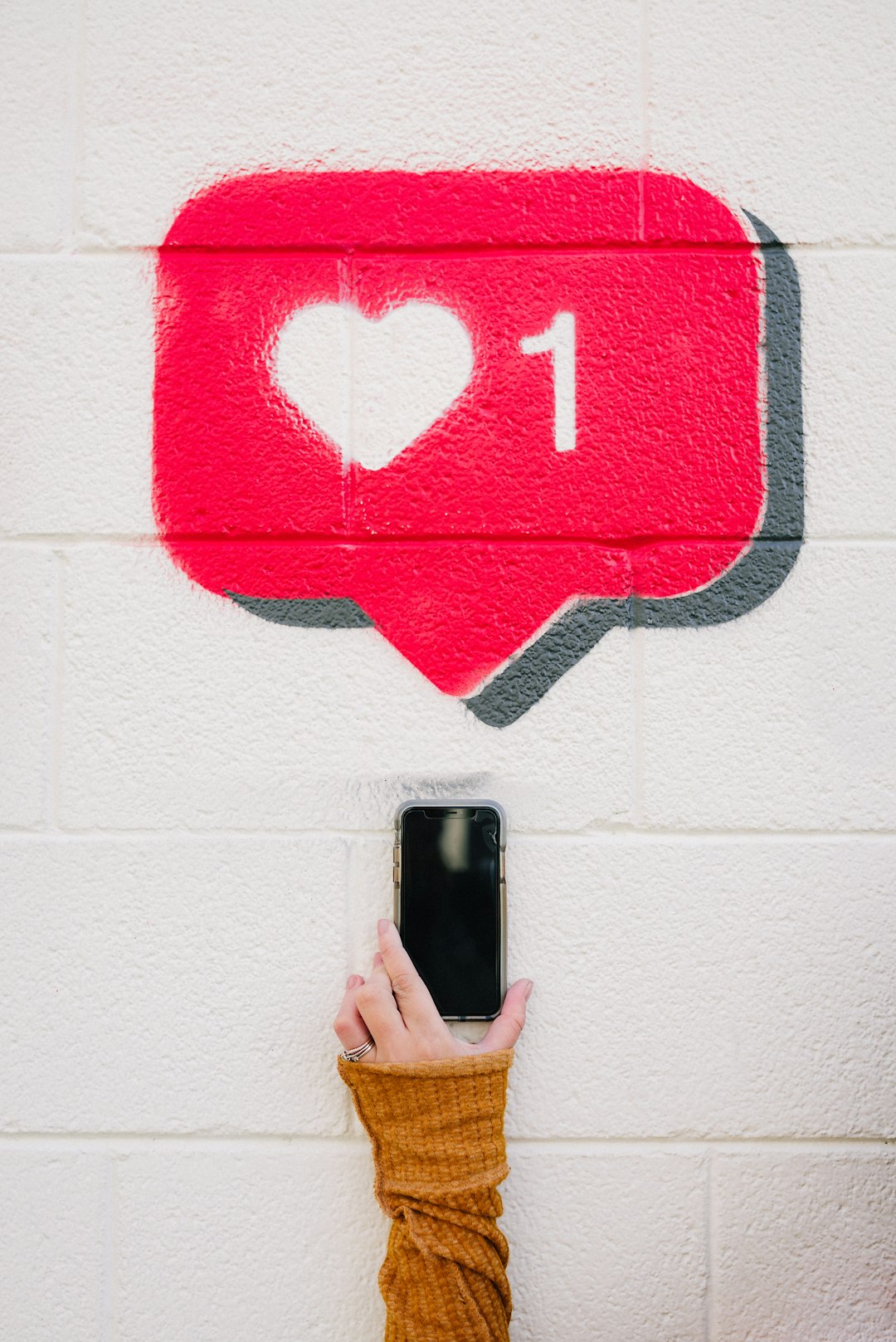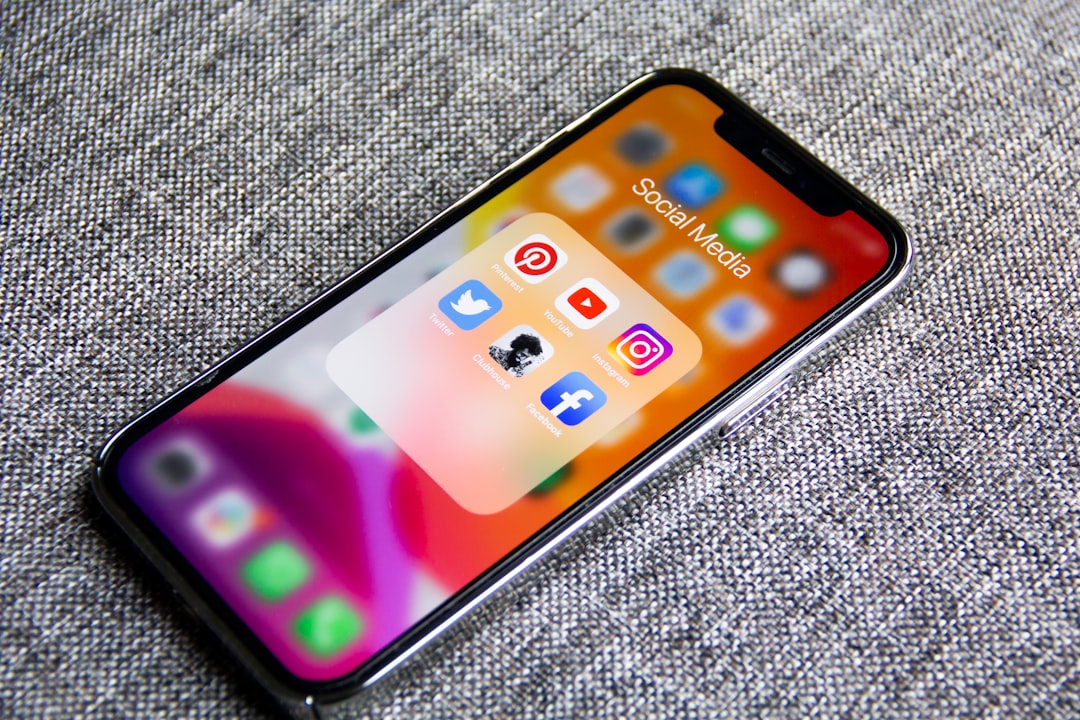“How can I go viral?” If you’ve ever published content online, you’ve likely asked yourself that very question. The problem is, virality feels obvious in hindsight, but impossible to predict ahead of time. Everyone wants the shares, the comments, the explosion of attention. But few understand the deeper dynamics at play. Going viral isn’t just about having the right idea—it’s about hitting the internet with something that people can’t help but react to.
The Problem with “Going Viral”
The phrase “how can I go viral” often leads creators to obsess over hooks, headlines, and formulas. But virality isn’t a checklist. It’s not about manufacturing hype—it’s about creating moments that spread because people want them to. When you focus solely on the outcome (views, likes, reshares), you forget the most important ingredient: emotional connection.
When you ask “how can I go viral,” the real question should be: “What idea is powerful enough that people will want to carry it forward themselves?”
Virality Needs Breathing Room

Here’s one of the least talked-about truths: viral content has to feel roomy. If it’s too neat and polished—if it closes the loop—then there’s no reason for others to add to it. Viral content leaves space. It begs for commentary, reactions, quote tweets, stitches, duets, response videos, or think pieces.
Look at any truly viral piece of content and you’ll find something curious: ambiguity. There’s an opening. A prompt. A provocation. And that opening is where others step in to continue the story.
Think about viral threads on Twitter that start with, “Unpopular opinion…” or videos that explore topics like “What makes someone a genius?” These subjects are broad enough to allow multiple perspectives, and that’s exactly what fuels their momentum.
The Anatomy of Shareable Ideas
Let’s break down what makes something viral-worthy. If you’re still wondering how can I go viral, consider these pillars:
- Open Loops Content that doesn’t wrap everything up in a bow keeps people engaged. If your post poses a question or reveals part of a story but not all, it creates tension—and tension makes people share.
- Emotional Resonance Joy, anger, awe, outrage, inspiration—if your content doesn’t make people feel, it won’t move. Emotional resonance is the ignition switch of virality. Ask yourself: what emotional current am I tapping into?
- Ego Triggers People share content that makes them look good, smart, or in-the-know. “How can I go viral” becomes easier to answer when you create content that lets others signal something about themselves by sharing it.
- Reaction Energy If a post makes someone nod, shake their head, or say “Wait, that’s not right,” you’ve struck gold. You’ve given them a reason to engage. When someone replies to your content with “Actually…” or “Here’s my take…”—you’ve created shareable depth.
What Kills Virality Before It Starts
Trying too hard. That’s the short answer. But here’s the longer one:
- Over-explaining: When you answer everything, no one else can add to it. Leave space for dialogue.
- Preaching instead of provoking: Telling people what to think shuts them down. Asking thoughtful questions pulls them in.
- No clear audience: If your content speaks to everyone, it resonates with no one. Know exactly who you’re talking to.
The next time you ask, “How can I go viral?” stop looking for viral hacks. Start creating invitations—content that others want to talk about, build on, and share.
How to Set Yourself Up for Virality (Without Chasing It)

You can’t force virality. But you can increase your odds.
Start with a strong point of view. Say something that you genuinely believe—even if it’s a little risky. Then, instead of tying it up with a bow, leave a thread dangling.
Here’s a mini-framework to help:
- Make a bold claim (e.g., “Most productivity hacks are killing your focus.”)
- Leave space for counterpoints (“I know some of you swear by XYZ, but hear me out…”)
- Invite engagement (“What do you think?” or “Reply with your experience.”)
When people ask how can I go viral, they’re usually searching for lightning in a bottle. But the truth is, most viral content starts with real belief + openness to interpretation.
The Paradox of Virality
Here’s the paradox: You don’t go viral by trying to go viral. You go viral by saying something real that others want to amplify.
You can’t engineer every reaction, but you can design content that creates space for response. The most viral posts don’t end the conversation—they start it.
So if you’re still wondering… maybe flip the script:
“How can I create something that deserves to be shared?”
The Real Answer to “How Can I Go Viral?”
Virality isn’t magic. It’s not about luck or timing or dancing to trending audio. It’s about understanding why people share things in the first place.
They share what makes them feel seen. They share what challenges their thinking. They share what they want to be known for.
So instead of chasing the algorithm, chase resonance.
Say something that matters. Say it in a way that’s clear, bold, and open enough for others to carry it forward.
That’s the secret sauce. That’s how you go viral.

FAQ’s
What types of content are most likely to go viral? Content that evokes strong emotions, invites debate, or challenges assumptions tends to spread. Think: opinions, stories, challenges, and open-ended questions.
How important is timing when going viral? Timing matters—being early to a trend or posting when your audience is active can help. But resonance beats timing every time.
Should I focus on one platform to go viral? Start with one where your audience already engages, then repurpose. Going viral on one platform can create ripple effects elsewhere.
Can I plan to go viral or is it just luck? You can’t guarantee virality, but you can increase your odds by creating content that’s emotional, open-ended, and share-worthy.
What’s the biggest mistake people make when trying to go viral? Trying too hard to be viral instead of valuable. Focus on making something that people want to talk about.

